The Importance of Regular IT Maintenance for Business Continuity
Introduction
In today’s digital age, the operational stability of a business is fundamentally tied to its IT infrastructure. A single hour of downtime can cost businesses thousands, if not millions, depending on the scale and sector. Regular IT maintenance isn’t just a good practice—it’s a critical strategy to ensure business continuity and prevent costly disruptions.
The Role of IT Maintenance in Business Continuity
What is IT Maintenance? IT maintenance involves routine checks, updates, and repairs of an organization’s technology infrastructure. This includes hardware like servers and computers, software applications, and network systems. The goal is to keep everything running smoothly and efficiently, preventing problems before they occur.
Why is IT Maintenance Crucial for Business Continuity? Regular maintenance ensures that potential issues are identified and rectified before they can impact business operations. It helps in maintaining system integrity and availability, thereby minimizing the risk of downtime. For businesses that rely heavily on technology, even a few minutes of system unavailability can lead to significant financial losses, reduced customer trust, and other operational setbacks.
Benefits of Regular IT Maintenance
- Preventive Care Reduces Downtime Proactive maintenance identifies and resolves faults within the IT infrastructure that could lead to failures. By addressing issues early, businesses can avoid the severe impacts of unplanned downtime.
- Cost-Effectiveness Although regular maintenance requires investment, the cost is minimal compared to the potential financial losses associated with system downtime. Regular upkeep helps extend the lifespan of hardware, optimizes software functionality, and reduces the need for costly emergency repairs or replacements.
- Performance Optimization Regular updates and checks ensure that systems operate at peak efficiency. Maintenance often includes software updates that enhance features, improve security, and increase system speed, all of which contribute to smoother business operations.
Real-Life Examples
Case Study 1: A mid-sized e-commerce company experienced frequent website crashes, particularly during high traffic periods, leading to lost sales and damaged customer relationships. Implementing a structured IT maintenance plan that included regular checks and updates reduced downtime by 90% and increased customer satisfaction.
Case Study 2: An IT service provider used proactive network monitoring as part of their maintenance routine, which allowed them to detect and rectify a critical network vulnerability before it was exploited. This preemptive action prevented a potential data breach.
Implementing Effective IT Maintenance Strategies
Best Practices for IT Maintenance:
- Establish a regular maintenance schedule that aligns with your business needs.
- Keep all software up to date to protect against vulnerabilities.
- Regularly backup data to ensure it can be quickly restored in case of data loss.
- Perform hardware checks to detect early signs of wear and tear.
Professional Services Companies like Al Abbas Technical Supplies & Services (ATSS) offer comprehensive IT maintenance services, including Annual Maintenance Contracts (AMC) that handle all aspects of IT maintenance for a business. This can be a cost-effective way for businesses to manage their IT health without needing in-house expertise.
Conclusion
Regular IT maintenance is not just about fixing problems—it’s about preventing them. By investing in regular IT maintenance, businesses can ensure their technology infrastructure supports continuous operation, drives efficiency, and sustains growth. Don’t wait for a system failure to appreciate the value of preventative maintenance.



